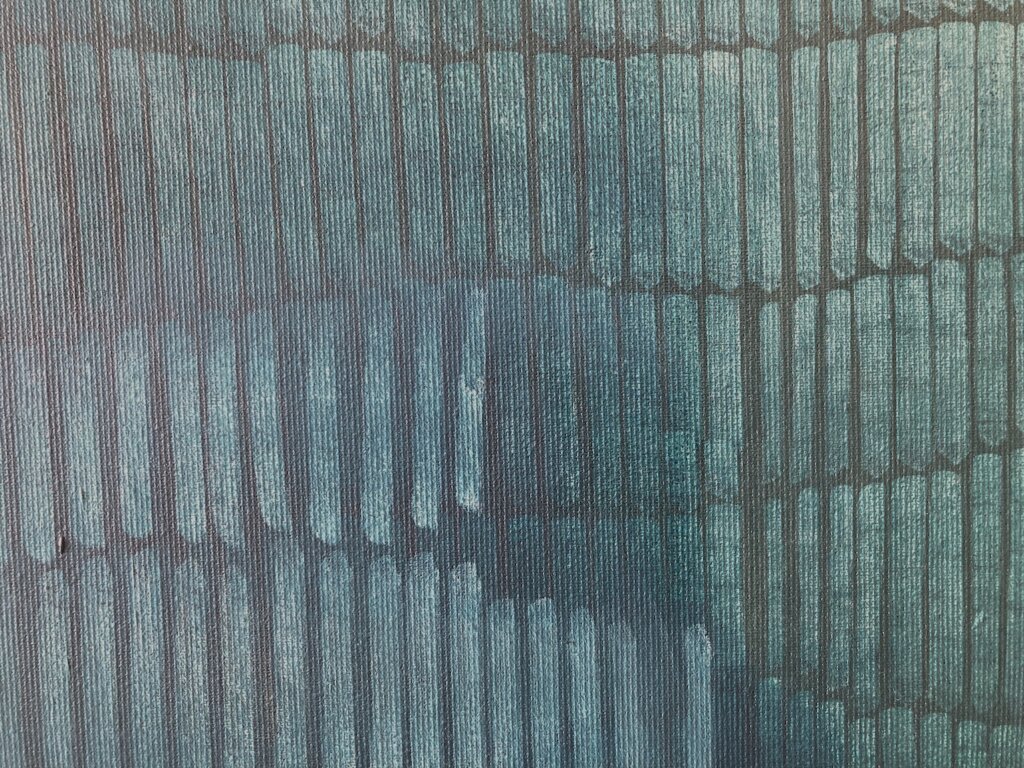On serialism and repetition
Bach’s renowned cello suites (BWV 1007–1012) stand as compositions for solo cello where individual chords interweave with the suite’s structure. This duality presents listeners with both melody and an ever-evolving musical texture. In contemporary discussions of serialism, the name Steve Reich naturally surfaces (influenced by J.S. Bach), notably his minimalist opus “Music for 18 Musicians” (1974–1976). Here, a repetitive, evolving framework engenders a hypnotic musical voyage, gradually unveiling harmonious layers. Through repetition, modification, and layering of a narrow material, novel musical forms emerge from minute variations. Philip Glass’s “Metamorphosis” (1988) similarly employs recurring melodic motifs that gradually evolve. The original motif reappears in varied forms, forging a repetitive structure that imbues the piece with captivating tension and development. Terry Riley’s “In C” (1964) also relies on repetition and seriality. Comprising 53 small musical cells, the order of their appearance is randomized. Musicians decide how often to play each cell before proceeding to the next. This repetitive structure weaves a complex tapestry where cells intertwine, crafting diverse rhythmic and harmonic combinations. Serialism’s presence extends to the visual arts, exemplified in Piet Mondrian’s “Composition II in Red, Yellow, Blue” (1930). This systematic structure utilizes straight black lines to segregate color surfaces. Red, yellow, and blue hues reoccur in distinct areas, producing equilibrium and order. Likewise, Bridget Riley’s Op Art series (1960s) utilizes repetition and seriality to induce visual motion and optical illusions. Even in “Movement in Squares,” a single geometric shape is reiterated in various forms, evoking a sense of movement and depth in a static piece. Hence, serialism and repetition infuse works with structure, introducing tension and evolution through recurring elements and their modification. In abstract painting, they serve as powerful tools to instill rhythm and visual dynamism, inviting viewers to delve into layers, cultivating personal interpretation and experience. Abstract painting is a realm ripe for exploiting serialism and repetition. A technique to harness their potential involves employing similar elements or patterns throughout a painting. This repetitive structure contributes to visual rhythm, equilibrium, and order. In visual arts, serialism finds expression through repeated shapes, patterns, or colors. Their strategic arrangement establishes structured and harmonious (or deliberately discordant) visual frameworks. Repetitive elements can also function as visual anchors, fostering viewer comprehension of the artwork’s entirety while establishing connections between its segments. Serialism and repetition may also manifest in abstract painting through the artistic process. By employing consistent methods, artists create works that share a repetitive technique, engendering unity and coherence while allowing room for spontaneous expression. Leveraging seriality in abstract painting opens a gateway to exploring temporal and spatial dimensions. Repeated elements allude to temporal shifts and evolution, while their placement and interaction within the artwork engender spatial depth and perspective. Serialism and repetition can also spark inquiry and introspection in viewers. The predictable structure can breed expectations, yet artists have the power to both fulfill and defy these assumptions. This dynamic interaction forms a bridge between the viewer and the artwork. Repetitive elements, structures, and processes guide viewers on a journey through the multifaceted realm of visual expression. In this manner, the art of painting invites viewers to traverse, contemplate, and unearth fresh meanings within the intricate tapestry of each work.
On serialism and repetition Read More »

